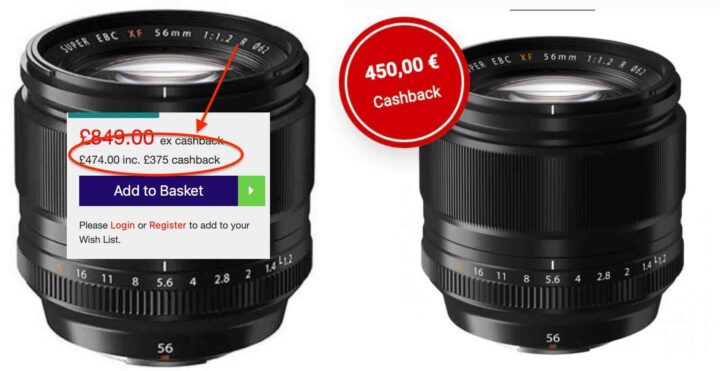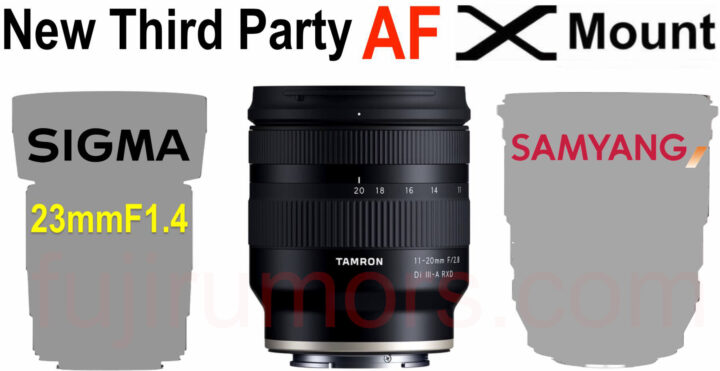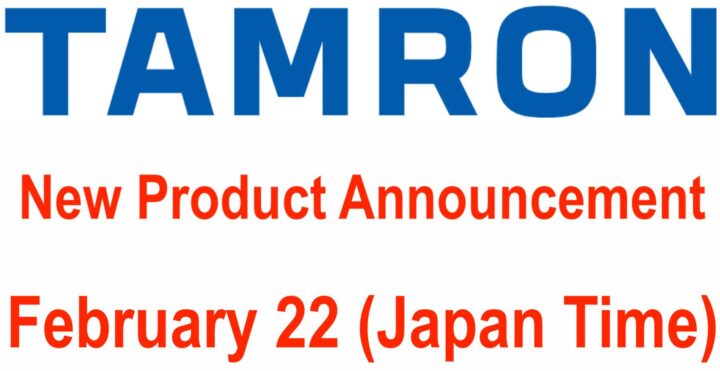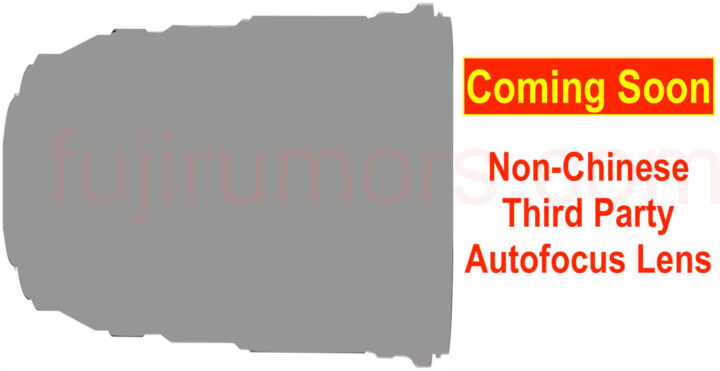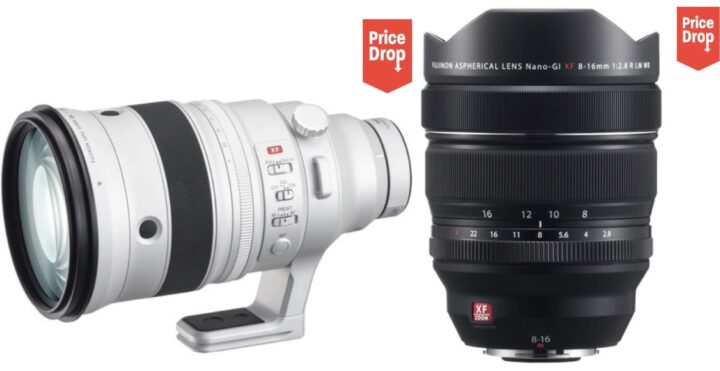That’s a STEAL: Save €450/£375 on Fujinon XF56mm F1.2 R
I told you yesterday that Fujifilm launched US similar rebates also in Europe. One of the deals was a huge €300/£290 rebate on the Fujinon XF56mmF1.2 R.
Well, that deal didn’t last 24 hours, as Fujifilm has decided to make it even better!
Now you save a crazy amount of €450 / £375 on the purchase of the Fujinon XF56mmF1.2 R.
- XF56mmF1.2 R – save €450 / £375
Germany: Calumet DE / FotoErhardt DE / Fotokoch DE
UK: WexPhotoVideo UK / ParkCamera UK
ITA: Amazon ITA*
* if you are Italian and buy at Amazon Italy, make sure the lens is shipped and sold by Amazon in order to qualify for the cashback.
Europe Deals
Down below are all the deals listed by country. I will include GER, UK and ITA, but it runs also in many other European countries.
At the bottom you’ll also find the links to the pages where you can submit your cashback claim.
EU X DEALS
- XF14mmF2.8 R – save €300 / £210
Germany: Calumet DE / FotoErhardt DE / Fotokoch DE
UK: WexPhotoVideo UK / ParkCamera UK
ITA: Amazon ITA - XF18mmF1.4 R LM WR – save €150 / £90
Germany: Calumet DE / FotoErhardt DE / Fotokoch DE
UK: WexPhotoVideo UK / ParkCamera UK
ITA: Amazon ITA - XF23mmF1.4 R LM WR – save €100 / £70
Germany: Calumet DE / FotoErhardt DE / Fotokoch DE
UK: WexPhotoVideo UK / ParkCamera UK
ITA: Amazon ITA - XF33mmF1.4 R LM WR – save €100 / £70
Germany: Calumet DE / FotoErhardt DE / Fotokoch DE
UK: WexPhotoVideo UK / ParkCamera UK
ITA: Amazon ITA - XF50mmF1.0 R WR – save €200 / £260
Germany: Calumet DE / FotoErhardt DE / Fotokoch DE
UK: WexPhotoVideo UK / ParkCamera UK
ITA: Amazon ITA - XF56mmF1.2 R – save €450 / £375
Germany: Calumet DE / FotoErhardt DE / Fotokoch DE
UK: WexPhotoVideo UK / ParkCamera UK
ITA: Amazon ITA - XF10-24mmF4 R OIS WR – save €150 / £110
Germany: Calumet DE / FotoErhardt DE / Fotokoch DE
UK: WexPhotoVideo UK / ParkCamera UK
ITA: Amazon ITA
EU GFX DEALS
- GFX50SII- save €800 / £700
Germany: Calumet DE / FotoErhardt DE / Fotokoch DE
UK: WexUK / ParkCameraUK
- GFX50S II + GF35-70mmF4.5-5.6 – save €800 / £700
Germany: Calumet DE / FotoErhardt DE / Fotokoch DE
UK: WexUK / ParkCameraUK
Claim Your Money Back
- Germany: for X series / for GFX series
- UK: for X series / for GFX series
- Italy: for X series / for GFX series

